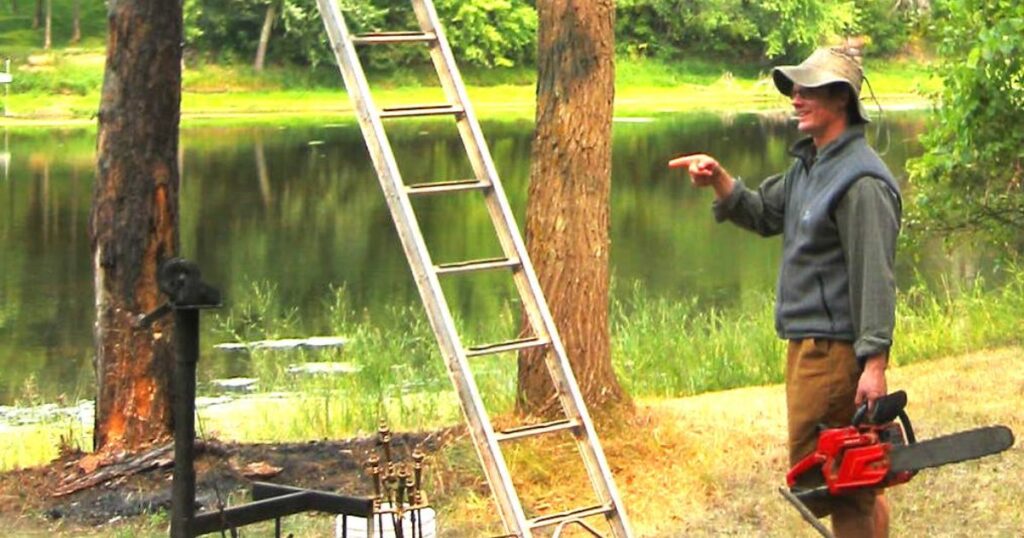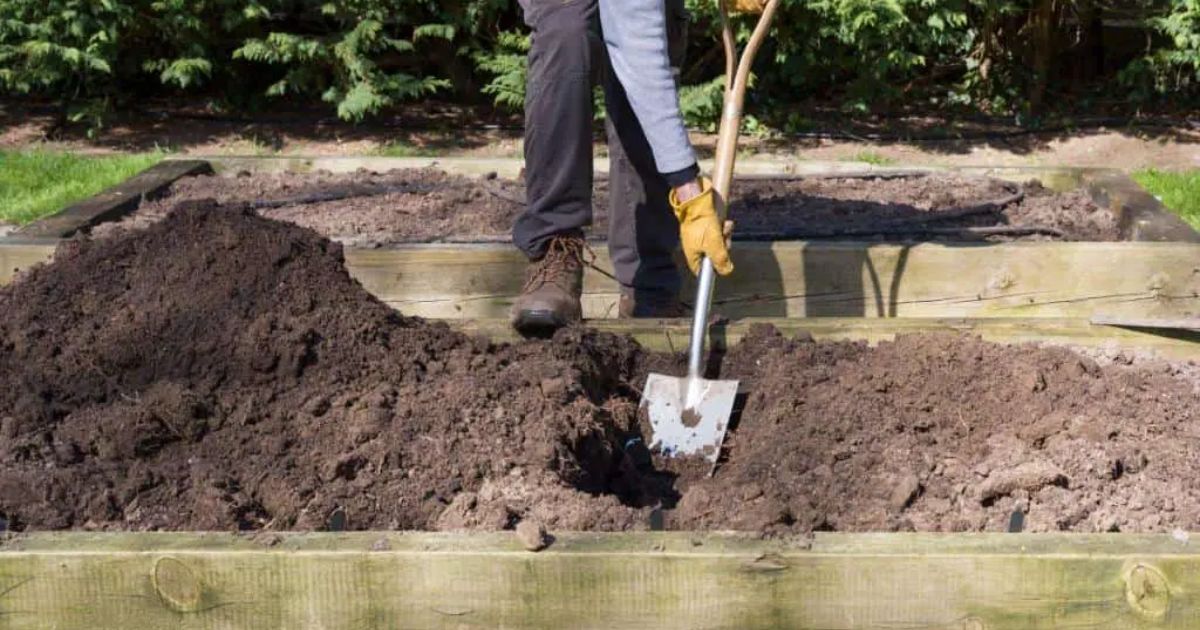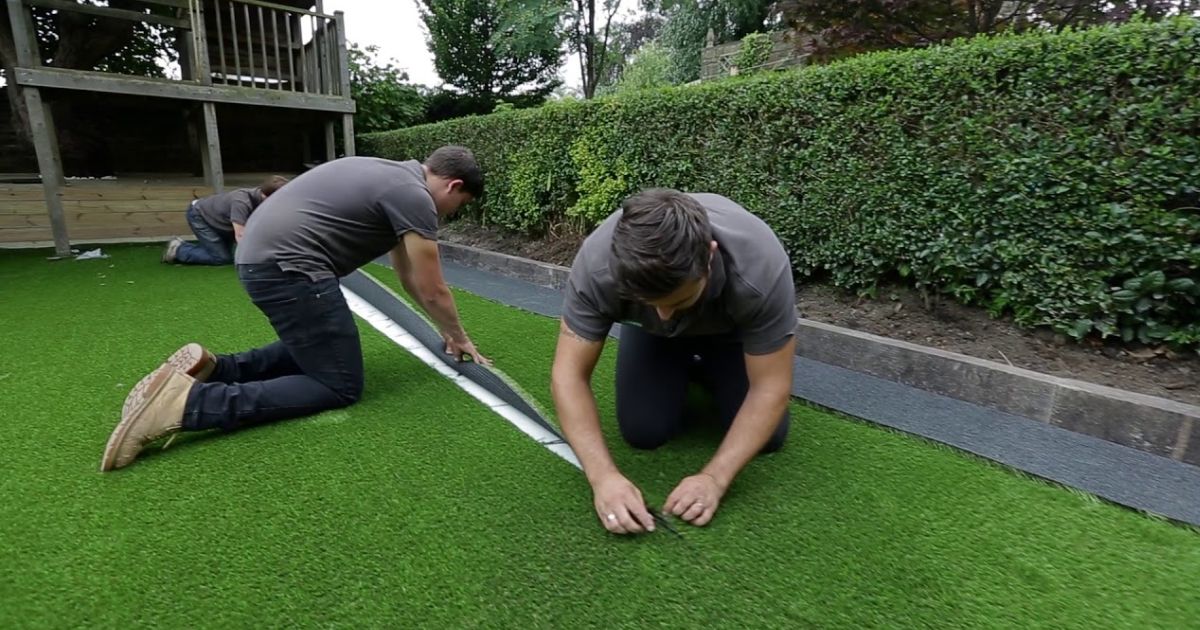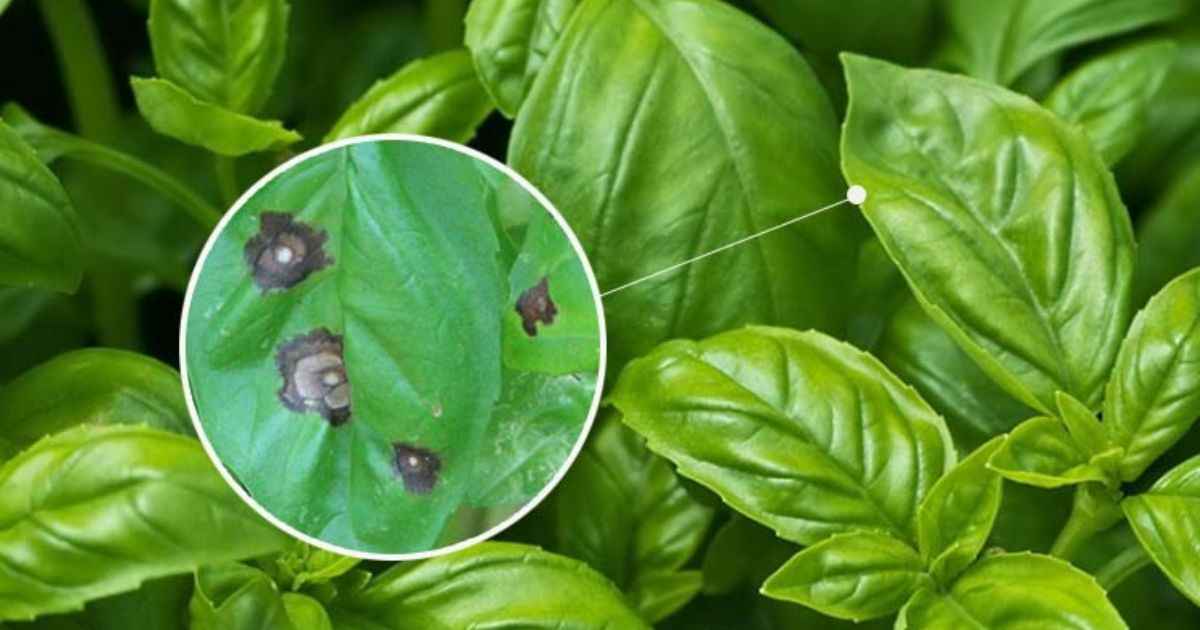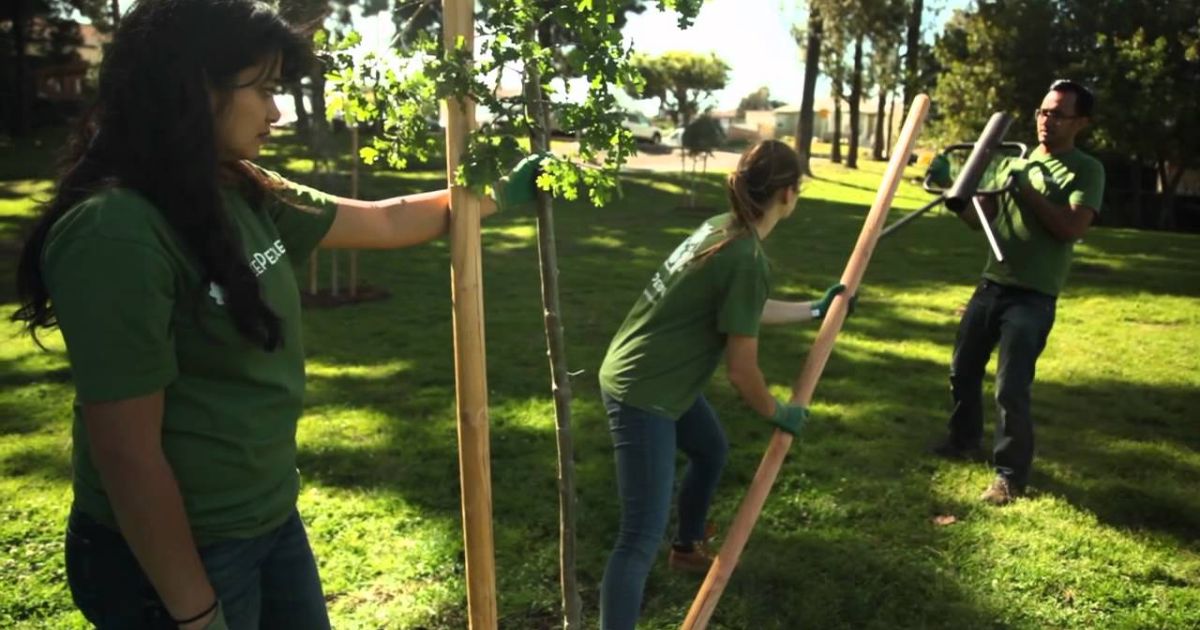Trimming a tree that has grown too tall can be a challenging yet necessary task for any homeowner or gardener. While tall trees add beauty, shade, and character to your yard, they can also become a safety concern if left unmanaged. Overgrown branches can block sunlight, tangle with power lines, or even pose a risk during storms. That’s why knowing how to safely and correctly trim a tall tree is so important.Unlike smaller trees, trimming a tall one requires meticulous preparation, the right equipment, and the proper method. One wrong cut can weaken the tree, affect its natural growth, or even cause long-term damage. Moreover, working at height introduces additional safety risks that need to be addressed before you begin.
In this guide, we’ll walk you through everything you need to know about trimming a tall tree, from preparation and essential tools to step-by-step trimming methods and post-care tips. Whether you’re doing it for Safety, appearance, or tree health, these practical insights will help you get the job done effectively while keeping your tree strong and thriving for years to come.
Why Trimming a Tall Tree Is Important
Trimming a tall tree isn’t just about keeping your yard neat; it’s essential for the Safety, health, and beauty of both the tree and its surroundings. Over time, tall trees can develop uneven growth, dead or weak branches, and excessive height, putting them at risk of breaking during strong winds or storms. Regular trimming helps maintain structural balance, preventing branches from becoming hazards to your home, vehicles, or nearby power lines.
Beyond Safety, trimming supports healthy growth. Expert Tips on How to Prune an Oak Tree When you remove dead, diseased, and congested branches, the tree may concentrate on growing healthily. New leaves and shoots. This increases sunlight penetration and air circulation throughout the canopy, lowering the risk of fungal infections and promoting colorful, lush foliage.
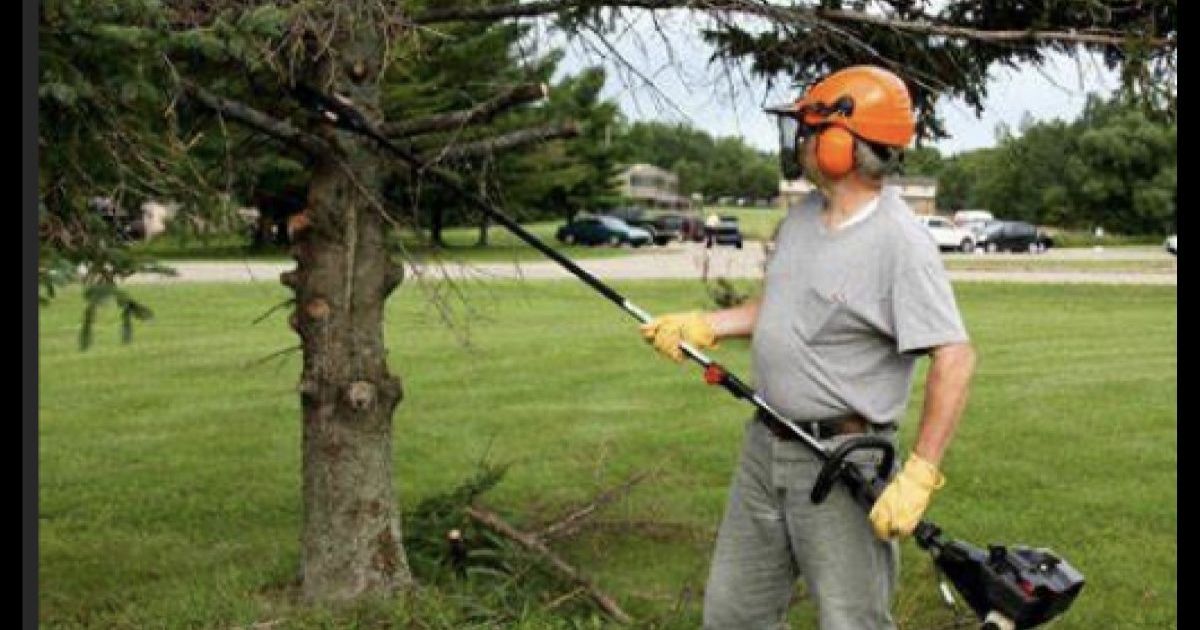
A well-trimmed tree also enhances your property’s overall aesthetic appeal. Properly shaped canopies look tidy and balanced, adding to the beauty of your landscape. Additionally, maintaining tree size helps preserve the health of nearby plants by ensuring they receive adequate sunlight and nutrients.In short, trimming a tall tree isn’t just a cosmetic task; it’s a vital part of responsible tree care that ensures long-term health, Safety, and natural beauty for your outdoor space.
Safety Precautions Before You Start
Before you even think about picking up a saw or climbing a ladder, it’s crucial to take safety precautions seriously. Trimming a tall tree involves significant risks, especially when working at height or handling sharp tools. A few minutes of preparation can prevent major accidents and ensure both your Safety and the tree’s well-being.Start by wearing the proper protective gear: a hard hat, safety goggles, gloves, long sleeves, and non-slip boots. Top 15 Small Evergreen Flowering Shrubs for Tiny Yards These help protect you from falling branches, wood splinters, and other hazards. If you’re using power tools like a pole saw or chainsaw, always check that they’re in good working condition and follow the manufacturer’s safety instructions.
Next, inspect your surroundings. Make sure there are no power lines nearby, and never attempt to trim branches that are touching or close to electrical wires. Leave. Save that for professionals. Also, clear the area beneath the tree to avoid injury or property damage if a branch falls unexpectedly.Use an extension pole saw or a robust ladder. Saw for higher branches, and always have a helper to stabilize the ladder and guide you. Avoid working in windy or rainy weather, as slippery conditions can lead to dangerous falls.Finally, remember: if the tree is too tall or difficult to reach, it’s always safer to call a certified arborist rather than risk injury trying to do it yourself.
Tools You’ll Need for Trimming a Tall Tree
Having the right tools makes trimming a tall tree safer, easier, and more effective. Using improper or dull equipment can damage branches, cause uneven cuts, and even put you at risk of injury. Before you start, gather the following essential tools to ensure a seamless, secure trimming procedure.
Pruning Shears:
Ideal for cutting small branches and twigs, usually less than ¾ inch thick. Choose bypass shears for clean, precise cuts that promote faster healing.
Loppers:
These long-handled cutters are perfect for medium-sized branches up to 2 inches in diameter. The added leverage helps you trim thicker limbs without much effort.
Pruning Saw:
When dealing with large or hard-to-reach branches, How to Make a Christmas Tree Last Longer a pruning saw provides better control and cleaner cuts than a chainsaw for delicate trimming work.
Pole Saw or Pole Pruner:
A must-have for tall trees, pole saws extend your reach without needing a ladder. Some come with extendable handles or electric power for extra convenience.
Ladder:
If the branches are extremely high, use a sturdy extension ladder. Always ensure it’s stable and placed on level ground.
Rope:
Ropes help control and safely lower heavy branches to the ground after cutting, preventing property damage or injury.
Safety Gear:
Don’t forget gloves, goggles, and a hard hat; these protect you from falling debris and sharp branches.
Equipped with the right tools, you’ll be ready to trim efficiently while keeping safety and tree health a top priority.
Step-by-Step Guide: How to Trim a Tree Back
Trimming a tall tree can seem intimidating, but with the right approach and patience, you can do it safely and effectively. Take these steps to maintain your tree’s health. , balanced, and beautiful after trimming.
Assess the Tree First
Take a good look at your tree before making any cuts. Determine whether branches need to be removed because they are crossing, dead, or contaminated. Mark the areas you plan to trim to avoid over-pruning. Make sure to visualize the tree’s final shape so you maintain its natural balance.
Start with Lower Branches
Begin trimming from the bottom up. Removing lower, dead, or inward-growing branches gives you better access to higher parts of the tree and improves airflow and light penetration.
Use the 3-Cut Technique for Large Branches.
For thick or heavy branches, use the three-cut method to prevent bark tearing:
- First cut: about 12–18 inches from the Trunk, cut one-third into the underside of the branch.
- Second cut: move a few inches further out and cut from the top until the branch falls.
- Third cut: make a final clean cut just outside the branch collar (the swollen area where the branch meets the Trunk).
This method keeps the bark intact and encourages proper healing.
Shape the Canopy Carefully
Focus on maintaining a natural, even canopy. 10 Common Seed Starting Mistakes and How to Fix Them Avoid cutting the very top (topping), as it weakens the tree and causes irregular growth. Instead, thin out crowded branches to balance the shape and reduce wind resistance.
Avoid Over-Pruning
Never cut off more than 25% of the tree’s canopy. In one trimming session. Over-pruning can shock the tree, making it vulnerable to disease and poor growth.
Clean Up and Inspect
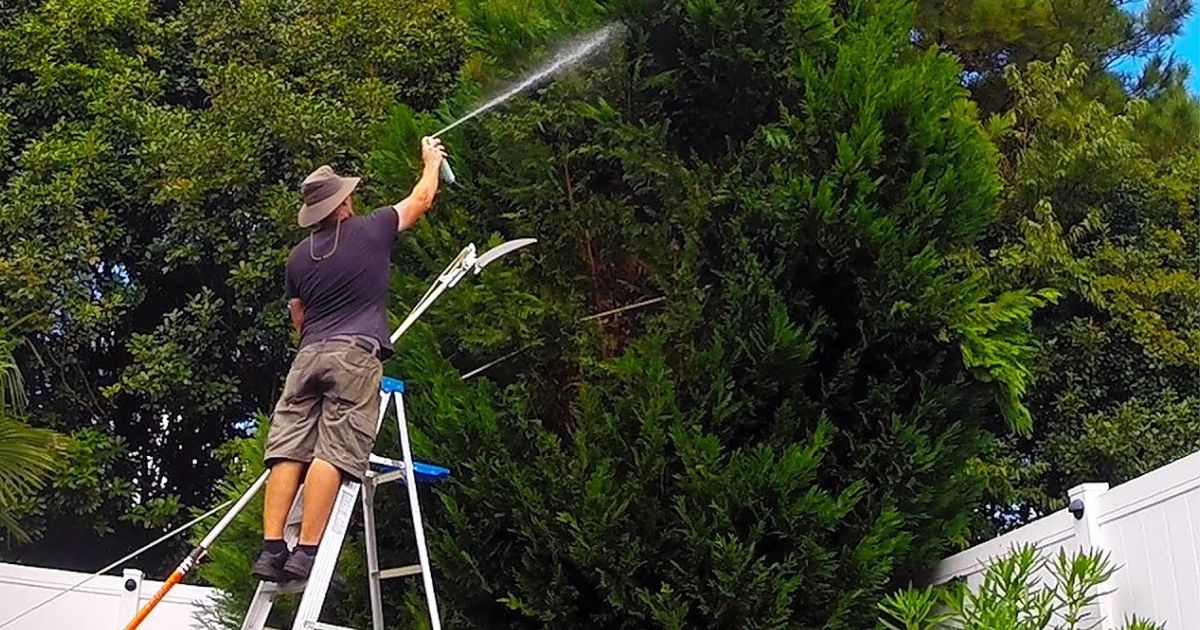
After trimming, clear fallen branches and inspect your cuts. Smooth any jagged edges to prevent infection and ensure healthy regrowth.
With these careful steps, your tall tree will stay healthy, sturdy, and well-shaped enhancing both Safety and the beauty of your landscape.
When to Trim a Tall Tree
Timing is essential to how well a tree responds to trimming. Choosing the right season not only helps your tree heal faster but also encourages healthier and more controlled growth. Trimming at the wrong time, on the other hand, can stress the tree, invite pests, or even stunt its growth.The best time to trim most tall trees is late winter or early spring, when the trees are still dormant. During this period, the tree’s energy is conserved in the roots and Trunk, so trimming won’t interrupt active growth. Once spring arrives, the tree quickly seals its wounds and produces vigorous new shoots.
However, some trees may prefer different seasons. For instance, flowering trees are best trimmed right after they bloom, so you don’t accidentally remove new buds. Evergreen trees can be lightly pruned almost any time of year, but avoid extreme summer heat or winter frost.Avoid trimming during mid-summer or early fall, Step-by-Step Guide to Cutting Back a Cherry Tree as the tree is actively growing or preparing for dormancy. Cutting at this time can expose it to stress, insects, and diseases.If the tree is damaged, diseased, or poses an immediate hazard such as hanging branches or storm damage, trim it right away, regardless of the season.By following these seasonal guidelines, you’ll ensure your tall tree remains healthy, vibrant, and structurally sound year-round.
Common Mistakes to Avoid
Trimming a tall tree requires more than just cutting branches; it demands care, knowledge, and precision. Many people unintentionally harm their trees by making a few simple but costly mistakes. Avoiding these errors will help your tree stay healthy, strong, and attractive for years to come.
Over-Pruning the Canopy
One of the most common mistakes is removing too many branches at once. Cutting off more than 25% of the canopy can shock the tree, weaken its structure, and slow its growth. Always trim gradually over time instead of doing it all in one session.
Cutting Too Close to the Trunk
When you cut too close to the Trunk or remove the branch collar (the swollen area where the branch meets the Trunk), it can delay healing and create an open wound for pests or diseases to enter. when to cut trees back Always leave a small, clean stub just outside the collar.
Topping the Tree
Many people believe cutting off the top will control height, but “topping” severely damages the tree. It encourages weak, unstable regrowth, leaving the tree vulnerable to decay. Instead, focus on selective trimming to shape and balance the canopy.
Using Dull or Dirty Tools
Dirty or dull tools make jagged cuts that invite infection. Always sharpen and sanitize your equipment before trimming.
Ignoring SafetySafety
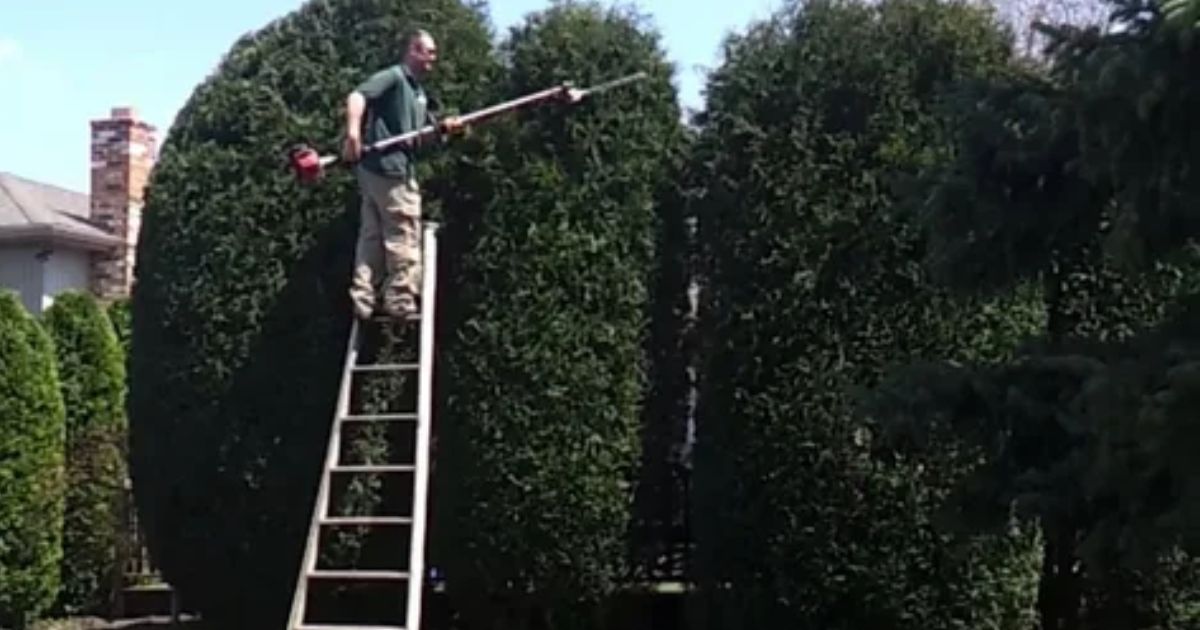
Climbing too high without proper gear or working near power lines can lead to serious accidents. If a tree is too tall or poses a risk, it’s best to call a professional arborist.
Conclusion
Trimming a tall tree may seem challenging, but with proper preparation, tools, and technique, it’s absolutely manageable and gratifying. Regular trimming not only keeps your tree looking neat and well-shaped but also promotes strong, healthy growth while reducing safety hazards around your property.The key is to approach the task with care and patience. Continually assess the tree before cutting, use the proper tools for each branch size, and follow safe cutting methods, such as the three-cut technique. Timing is equally essential. Trimming during the dormant season gives your tree the best chance to recover and thrive.
Remember, less is often more when it comes to pruning. Avoid over-trimming or topping, as these mistakes can permanently weaken the tree. And above all, prioritize Safety. It can be risky to work near electricity lines or at heights. Don’t hesitate to call a certified arborist if the tree is too tall or difficult to handle on your own.With thoughtful care and proper maintenance, your tall tree will remain a healthy, beautiful feature in your landscape, providing shade, strength, and natural beauty for years to come.
FAQ
Can I trim a tall tree myself?
Yes, you can trim a tall tree on your own if it’s within a safe height and you have the right tools. However, if the branches are near power lines or require climbing high above the ground, it’s best to hire a certified arborist to avoid accidents.
How much of the top can I safely cut off?
You should never remove the entire top of a tree; this is called “”toppin”” and can cause severe damage. Instead, focus on selective pruning to shape the canopy and gradually reduce height. Try not to remove more than 25% of the canopy in one session.
What is the best time of year to trim a tall tree?
The ideal time to trim most tall trees is when they are dormant, usually late winter or early spring. This reduces stress and speeds up the tree’s recovery, as it begins new growth in spring.
How do I know if my tree is too tall for DIY trimming?
If your tree is taller than 12–15 feet, or if you need to reach branches near power lines, it’s safer to call a professional. Working at extreme heights without proper equipment can be dangerous.
What happens if I over-trim my tree?
Over-trimming removes too much foliage, weakening the tree and limiting its ability to produce food through photosynthesis. It may also lead to sunburned bark, stunted growth, or increased vulnerability to pests and disease.
How often should I trim a tall tree?
Most tall trees only need trimming, depending on their species and growth rate. Frequent inspections, however, can help you identify and remove dead or dangerous branches as required.

